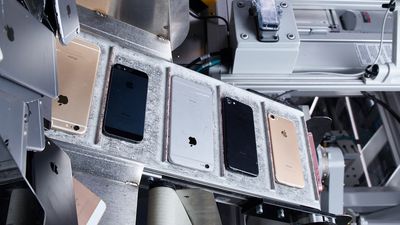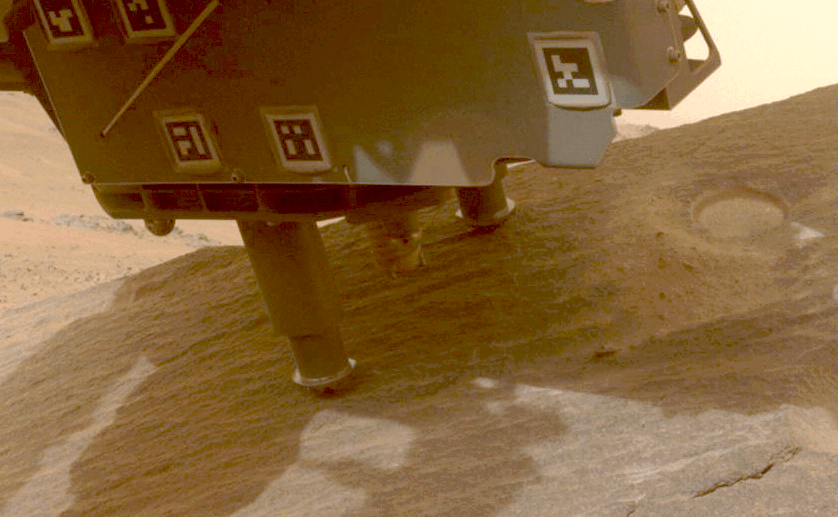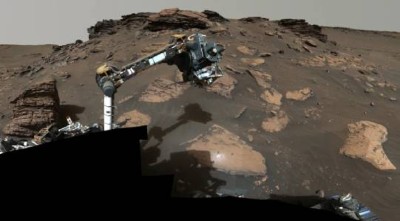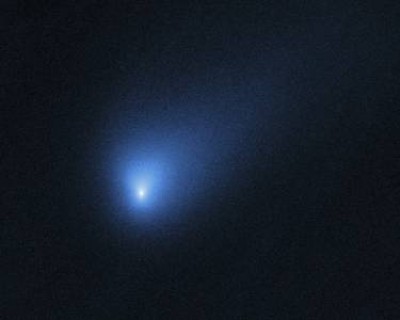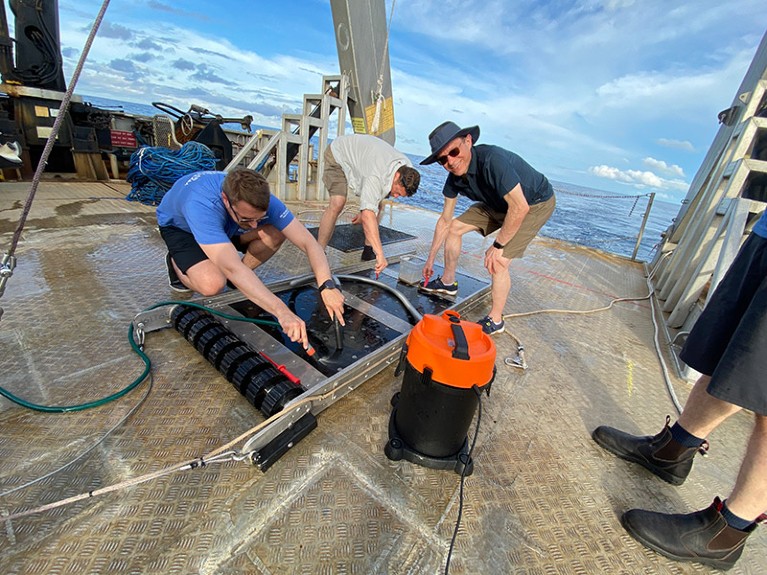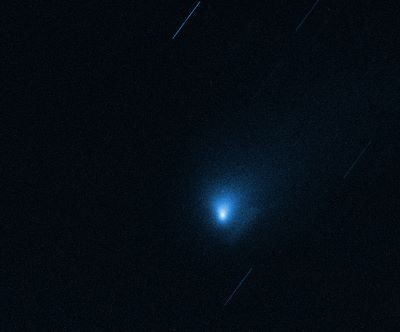[ad_1]
Apple today announced that it has cut its greenhouse gas emissions by more than half since 2015, advancing towards its 2030 carbon neutrality goal.
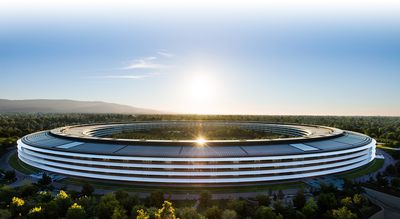
Apple’s latest Environmental Progress Report details the company’s efforts and innovations in clean energy, efficient recycling practices, and sustainable material usage that have contributed to this substantial decrease in emissions. According to the report, the major reduction has been driven by extensive use of clean energy, including the integration of recycled materials across Apple’s product lines and improvements in energy efficiency throughout its global supply chain.
Apple has fostered significant advances in recycling and material recovery as part of its broader environmental strategy for several years. The company has increased the use of recycled cobalt and lithium in its batteries, with last year’s statistics showing that 56% of the cobalt and 24% of the lithium used were sourced from recycled materials. These efforts are part of a larger initiative to transition to 100% recycled and renewable materials across all products.
The report also highlights achievements in energy efficiency and renewable energy sourcing. Over 16.5 gigawatts of clean energy are now being produced as a result of Apple’s Supplier Clean Energy Program, which supports projects around the world. The program has been essential in reducing the carbon footprint Apple and its suppliers, who collectively saved more than two billion kilowatt-hours of electricity last year. The company is also actively removing plastics from its packaging, shifting towards fiber-based alternatives.
Apple also provides financial support to various organizations and programs aimed at improving environmental conditions and promoting sustainability education. In the U.S., for example, Apple supports Justice Outside’s Network for Network Leaders program, which focuses on outdoor and environmental education.
See Apple’s full 2024 Environmental Progress Report for more information.
Popular Stories
iOS 18 Will Add These New Features to Your iPhone
iOS 18 is expected to be the “biggest” update in the iPhone’s history. Below, we recap rumored features and changes for the iPhone. iOS 18 is rumored to include new generative AI features for Siri and many apps, and Apple plans to add RCS support to the Messages app for an improved texting experience between iPhones and Android devices. The update is also expected to introduce a more…
Delta Game Emulator Now Available From App Store on iPhone
Game emulator apps have come and gone since Apple announced App Store support for them on April 5, but now popular game emulator Delta from developer Riley Testut is available for download. Testut is known as the developer behind GBA4iOS, an open-source emulator that was available for a brief time more than a decade ago. GBA4iOS led to Delta, an emulator that has been available outside of…
NES Emulator for iPhone and iPad Now Available on App Store [Removed]
The first approved Nintendo Entertainment System (NES) emulator for the iPhone and iPad was made available on the App Store today following Apple’s rule change. The emulator is called Bimmy, and it was developed by Tom Salvo. On the App Store, Bimmy is described as a tool for testing and playing public domain/”homebrew” games created for the NES, but the app allows you to load ROMs for any…
Apple Removes Game Boy Emulator iGBA From App Store Due to Spam and Copyright Violations
Apple today said it removed Game Boy emulator iGBA from the App Store for violating the company’s App Review Guidelines related to spam (section 4.3) and copyright (section 5.2), but it did not provide any specific details. iGBA was a copycat version of developer Riley Testut’s open-source GBA4iOS app. The emulator rose to the top of the App Store charts following its release this weekend,…
All iPhone 16 Models to Feature Action Button, But Usefulness Debated
Last September, Apple’s iPhone 15 Pro models debuted with a new customizable Action button, offering faster access to a handful of functions, as well as the ability to assign Shortcuts. Apple is poised to include the feature on all upcoming iPhone 16 models, so we asked iPhone 15 Pro users what their experience has been with the additional button so far. The Action button replaces the switch …
Game Boy Emulator for iPhone Now Available in App Store Following Rule Change [Removed]
A week after Apple updated its App Review Guidelines to permit retro game console emulators, a Game Boy emulator for the iPhone called iGBA has appeared in the App Store worldwide. The emulator is already one of the top free apps on the App Store charts. It was not entirely clear if Apple would allow emulators to work with all and any games, but iGBA is able to load any Game Boy ROMs that…
[ad_2]
Source Article Link



